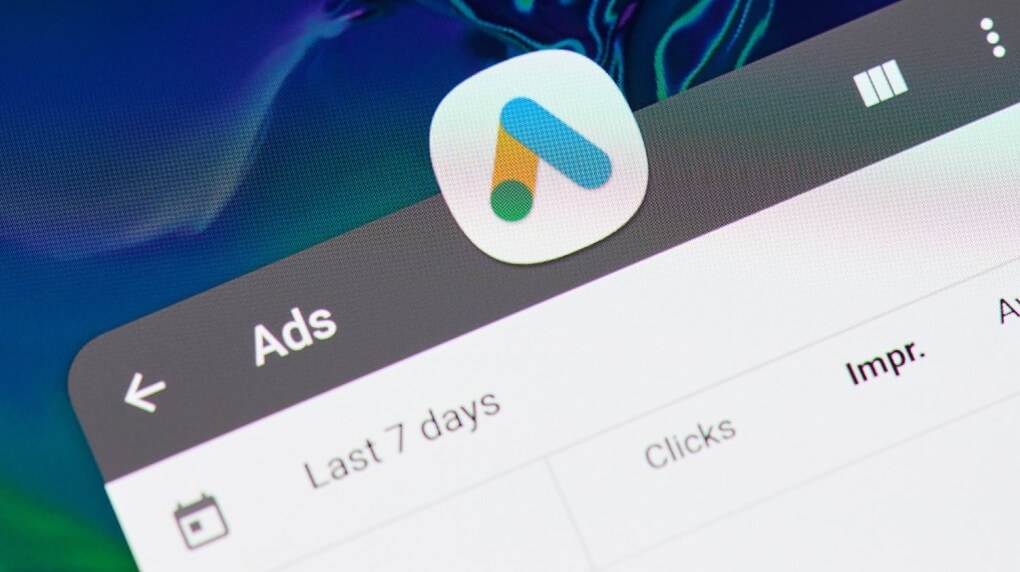I’ll be frank, you can be whoever you like, the intricacies of Google Ads cannot be learned in a day, but you can use these handy best practices to create, assess, and adjust your campaigns. If you’re brand new to Google Ads, buckle up.
When you’re spending resources on advertising, you want your ads to perform in the best way possible, giving you the highest return on investment (ROI) that you can achieve.

Often, optimizing your Google Ads Account to drive qualified traffic can be simple fixes. But, many businesses do not know how to identify when something is not properly set up in their Google Ads Account or how to set up their Google Ads optimally in the first place. Here's how to make sure you pass a Google Ads health check.
1. Be clear about your business objectives. There can be only one (per campaign)
Google Ads may be one of many channels you leverage to deliver on your business objectives. It’s important to map out your user journey and understand exactly where Google Ads fit in. It’s vital to define the role of the campaign whether that be to drive leads or simply to reinforce brand recall. Campaigns and tactics may have different goals, but make sure the campaign strategy and targeting are set up to achieve those goals.
2. Geo-targeting and budget: Stop wasting money!
Spoiler! No one likes wasting money but one of the biggest offenses we see advertisers make is trying to reach the whole world on a shoestring. For example, you cannot reach all of North America on $30 a day. Your budget will be spread so thinly that you won’t be able to collect enough meaningful data to make informed optimizations going forward. Understandably, not all budgets can be six-figures so we have to be smart with spending; budgets can be both small and mighty!
Once you’ve sorted out your key campaign objective you’ll need to decide where your ads are going to go. What are your key markets based on previous sales data and where you’re located - let’s start with that. Are we looking at one city, several, a region, a whole country? If your budget is limited, start with a smaller geographic area and expand further if needed.
3. Keyword Targeting. The Golden Goose
Now keyword targeting will be your bread and butter. We need to look at keywords, what might people be searching for in order to find your product or service? You can use the Google keyword planning tool to help generate this list and select the words with higher search volume. You’ll also want to separate your keywords into categories rather than one long list. Your ad copy will need to include keywords in each category so try to keep each ad group to a maximum of 20 similar keywords, when possible. You’ll also need to add negative keywords to ensure you’re not wasting resources on irrelevant terms.

Another faux-pas we often see is advertisers burning through cash on keywords that don’t drive any results. The tricky part is making sure that your keywords are not so broad that you exhaust the budget straight away, but not so narrow that it restricts the ads being served — you’re looking for that Goldilocks combo. Consider the competitiveness, search volume, and average cost-per-click (CPC) for the words you’re selecting.
4. Bid Strategy. Know your competition
Your bid strategy should reflect your business goal for that campaign. Each campaign can have one objective but you can have multiple campaigns in your account each with a different objective. If, for example, your goal is brand awareness then you might want to choose ‘maximize clicks’ to get as many people as possible to the site to view your content. If sales are your top priority then ‘maximize conversions’ might be a good option or ‘target CPA’ if you know your product conversion value already.
Testing these bid strategies is encouraged! If you’re not seeing the desired results from one, just change it, but change it with purpose, based on data, and not too often. A major value of digital is that it’s versatile and easily pivoted but changing things too often doesn’t allow sufficient data collection to make good decisions. While change is good, too much can have an adverse effect.
Another hot tip is to pay attention to the keyword bids, are you below the first-page bid? What is that keyword worth to you? Is it your top conversion driver with high value to your campaign or is it just expensive and not driving any results? If you’re not seeing results pause it, good riddance. Your Auction Insights section can also show you what your competitors are doing, their impression share for example, and how you rank against each other.
5. Address the right demographics. You know your squad, but Google knows it better
Machine learning has come a long way in the last few years and is intended to take a lot of the leg work out of excess manual set up. You might previously have set up a different campaign based on each age demographic to test your audiences. You might also have data to suggest that your target audience is between 25 and 35, but chances are there are others out there who want to buy your product or service, do you really want to leave them out and lose that sale?

If your product is only eligible for a certain demographic then obviously there are exceptions. However, Google’s recommendations are to keep your demographics broader and let the algorithm find the right people. Narrowing your audience too much can limit your ad delivery. Results are based on keyword searches so rather than limiting your demographic optimize those keywords, bids, and ad copy! That’s where the good stuff is. Reviewing search queries and quality scores can give you a good insight into what needs to be updated within your campaign and destination page to be more efficient.
So now you’ve got the tools, following these simple steps will act as a Google Ads health check and will ensure your account is in great shape for any campaign you start. Stand out amidst your competitors with a healthy Google Ads Account. The stronger your account is, the more optimal your ads are, leading to clicks and, ultimately, sales.
For a hands-off approach, check out our paid search services and get in touch. We will get you at the top of Google search results and optimize your campaigns for success. You’ll receive ongoing performance recommendations and best practices, as well as constant support from our experts.